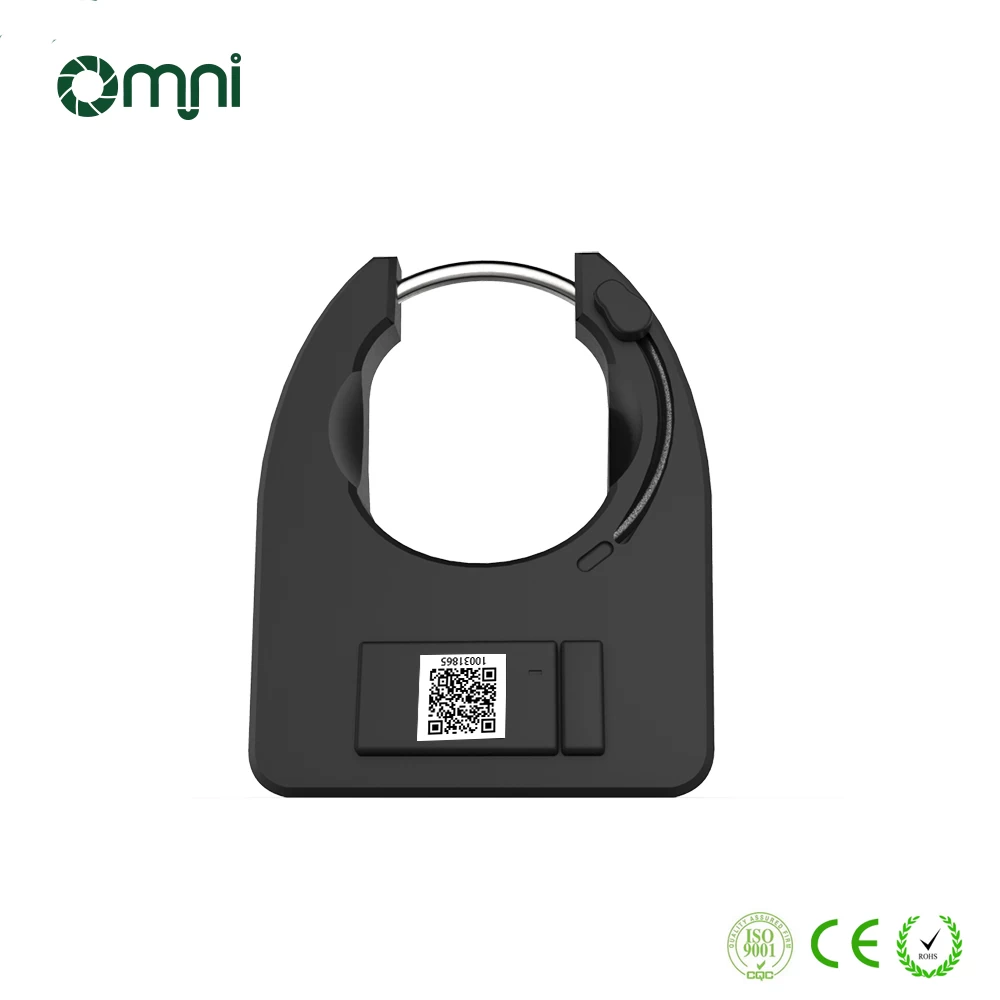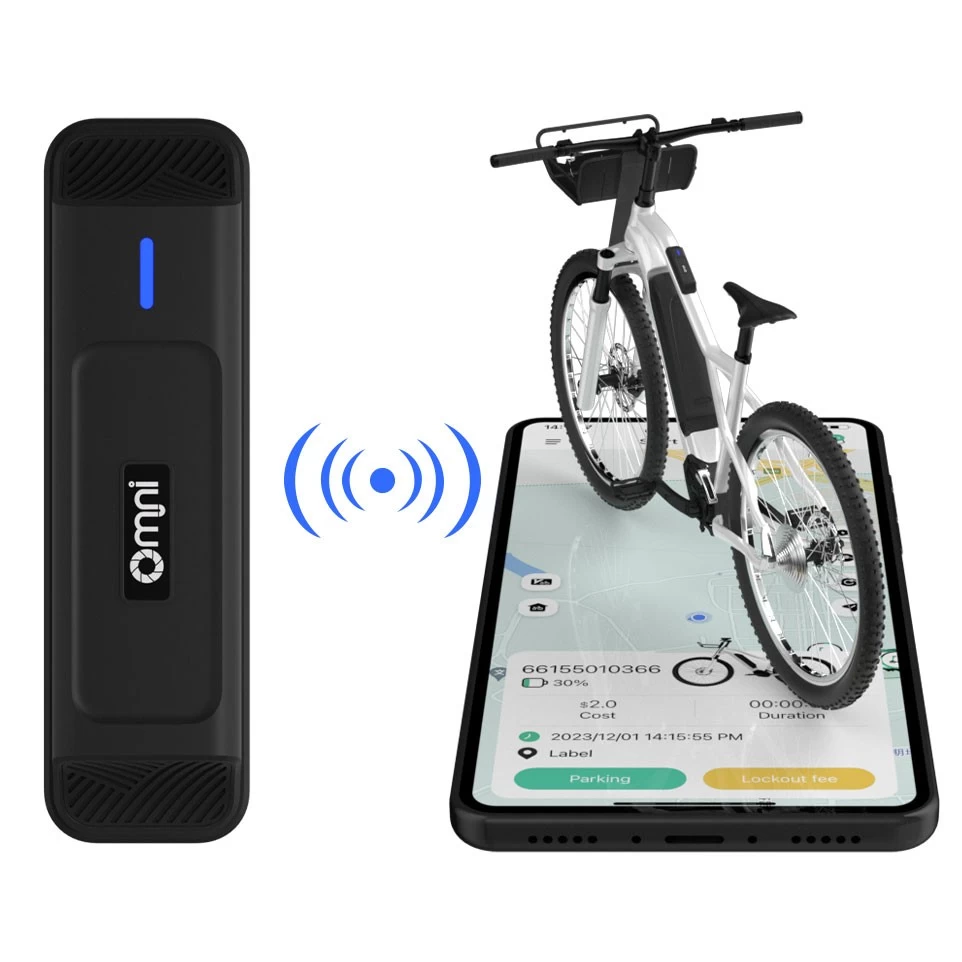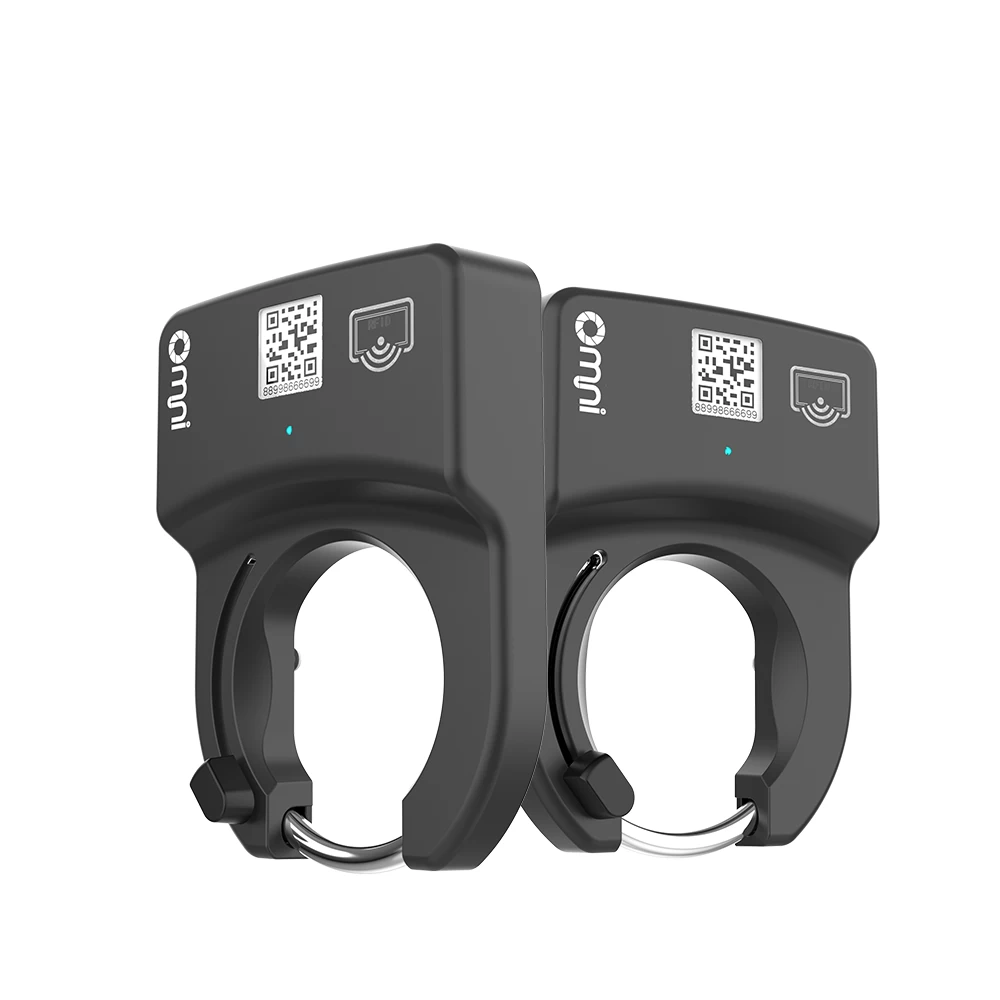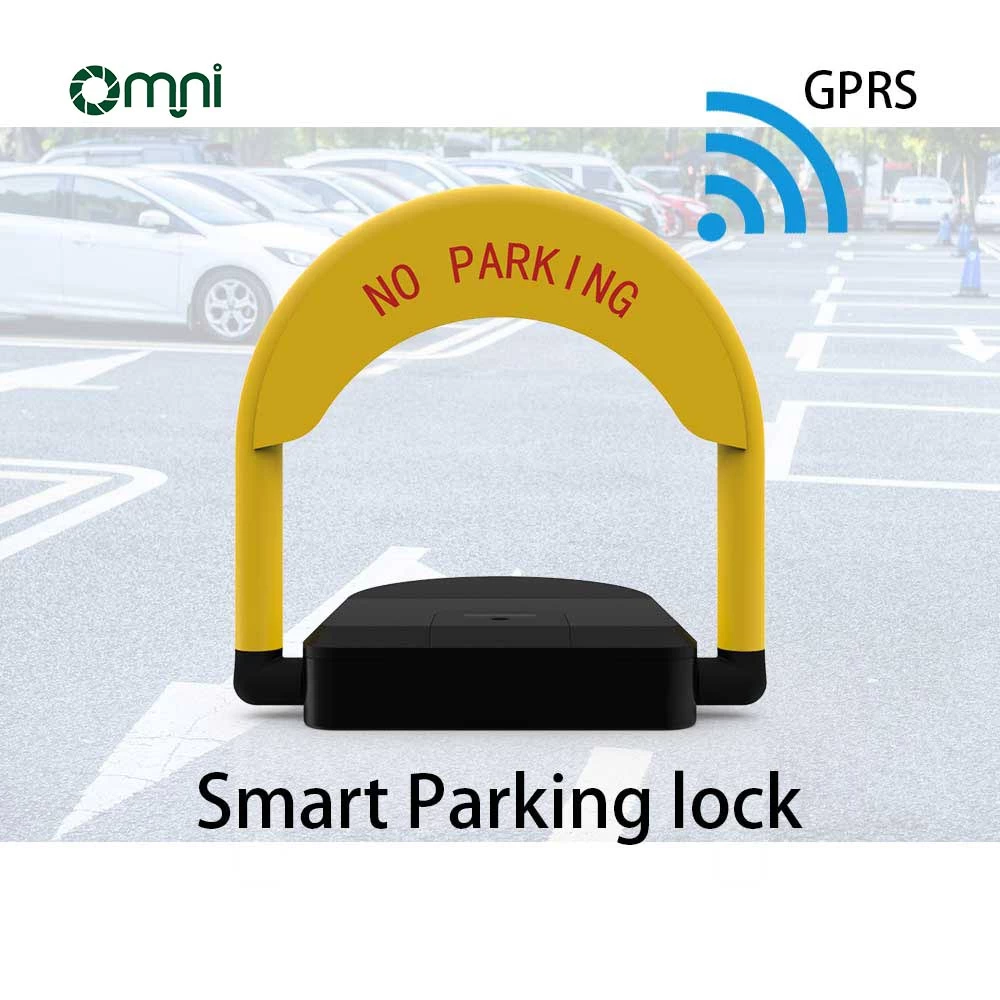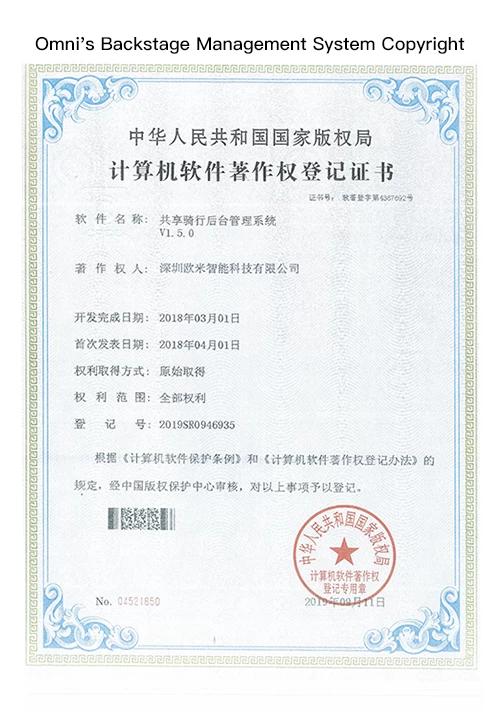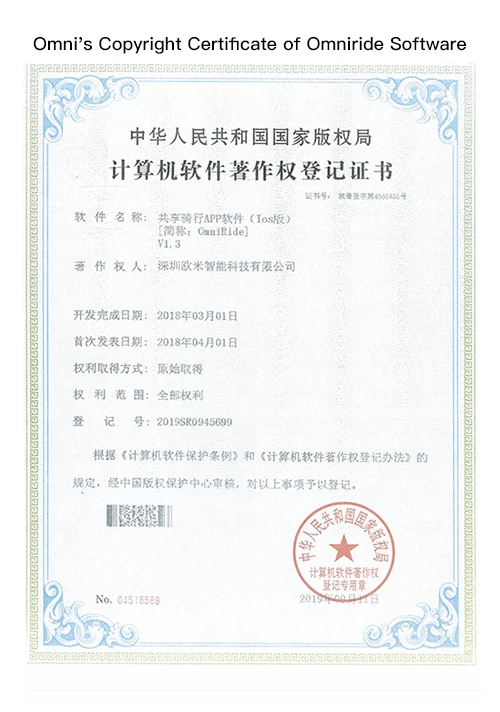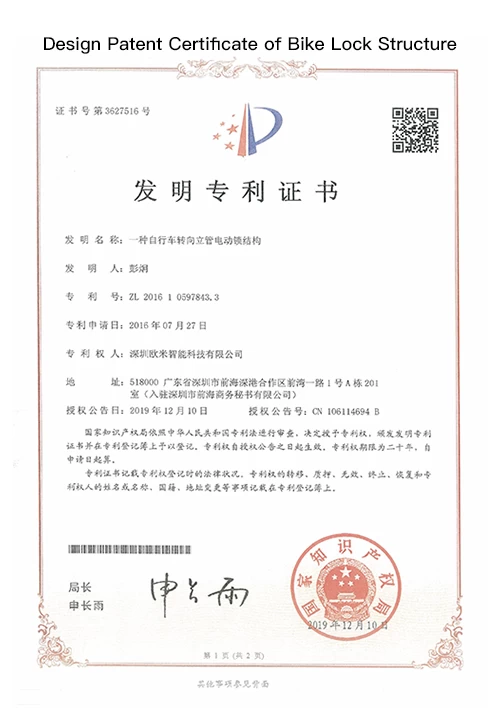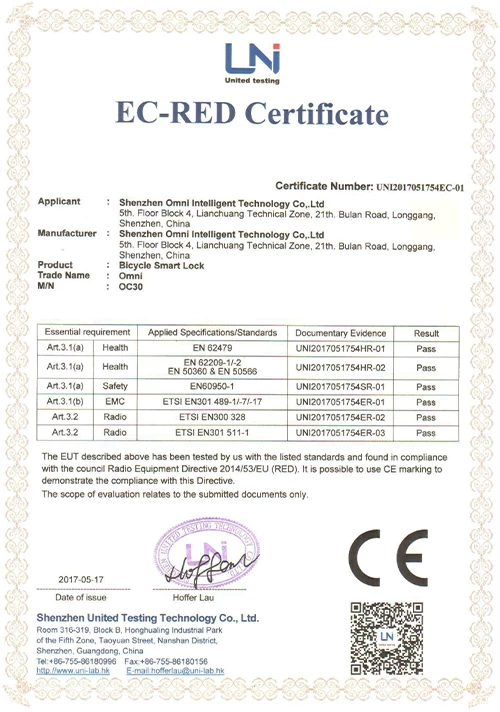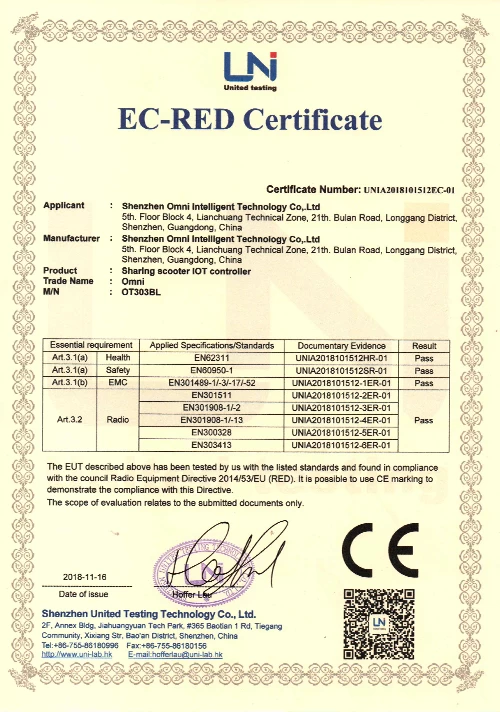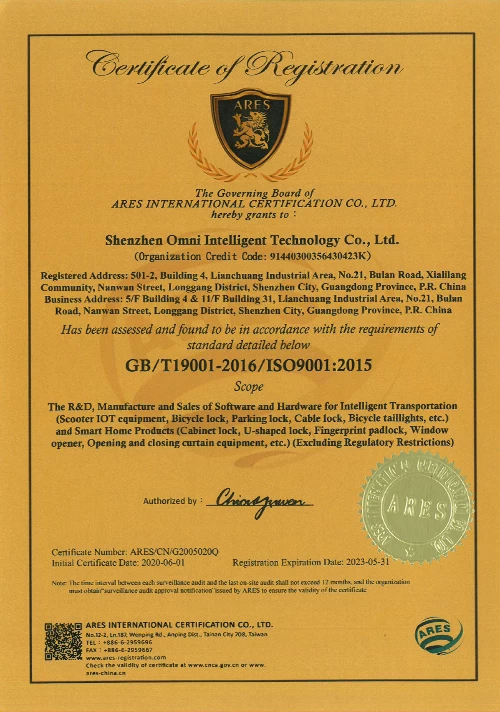Bike Sharing System Promotes Green Travel and Urban Traffic Integration
In 2024,the client's public bicycle project,supported by the government,operated under the principles of“government-led,public welfare-oriented,and convenience-driven,”utilizing the PPP model.The project was completed in two phases.Upon completion,the“docked+dockless”model received widespread support and acclaim from all sectors of society.
The project included 1,234 docked stations,200 dockless stations,and 30,000 public bicycles.The average station spacing was set at 300-500 meters,with a service radius of 150-250 meters.Stations were primarily located in densely populated public service areas,such as residential communities,schools,hospitals,shopping malls,stations,government agencies,and surrounding areas.

1.Bike Sharing System Assists in Creating a Model Livelihood Project
Statistics show that the free usage rate of public bicycles has reached 99.14%.Based on the current minimum fare of shared bikes at 2 RMB per ride(15 minutes),public bicycles provide citizens with a more cost-effective travel option.
2.Bike Sharing System as an Integral Part of Public Transportation
From its inception,the bike sharing system positioned itself as part of the public transportation system.It scientifically planned public bicycle service points by connecting with large-scale public transit.In later stages,it effectively utilized public transit and bike sharing operational data for unified planning and development.This continually improved the“transit+public bicycle”last-mile connection,enhancing the efficiency of the transit system.The system became an essential part of urban public transport,promoting collaborative and integrated urban traffic development,advancing the client's green ecological city initiatives,and making a positive contribution to the construction of the public transport system.
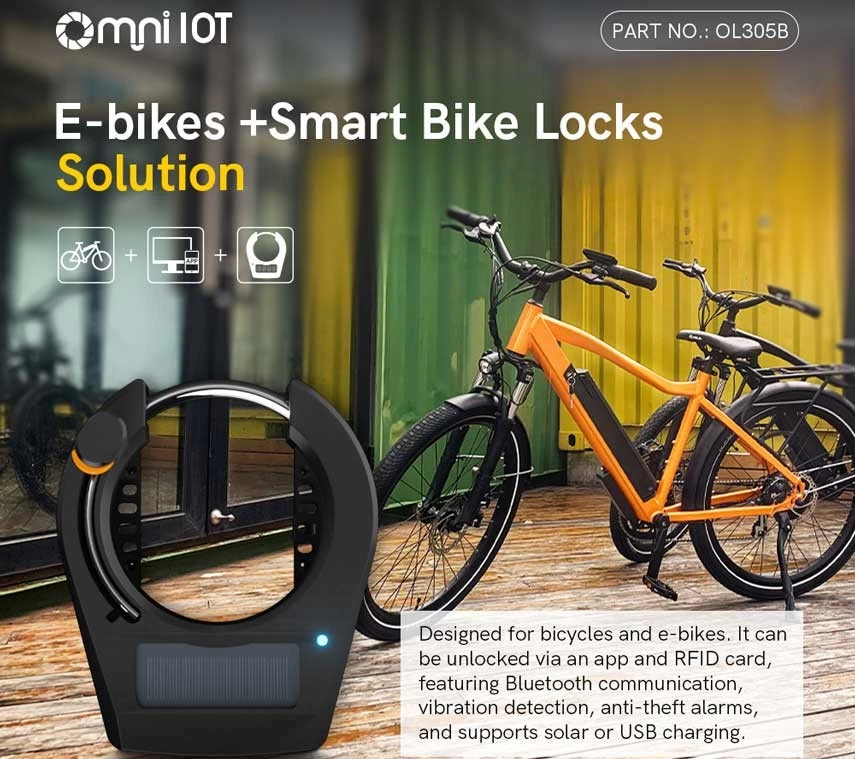
3.Bike Sharing System Promotes a Low-Carbon Civilized City
Public bicycles align with the vision of“building a low-carbon city and leading green travel.”By December 2024,the project had served 1.36 billion trips.From a fuel consumption perspective,if each trip involved a 10-minute ride covering 3.5 kilometers,the total distance traveled would amount to 476 million kilometers.With private vehicles consuming 10 liters per 100 kilometers,this equates to saving 47.6 million liters of fuel.At 7.5 RMB per liter,this results in fuel cost savings of 357 million RMB.According to international BP carbon emission calculations,saving 1 liter of fuel reduces carbon emissions by 2.3 kilograms.Public bicycles have reduced carbon emissions in the city by 109,000 tons,equivalent to the carbon absorption of approximately 59,563 acres of artificial forests(at 1.83 tons per acre).
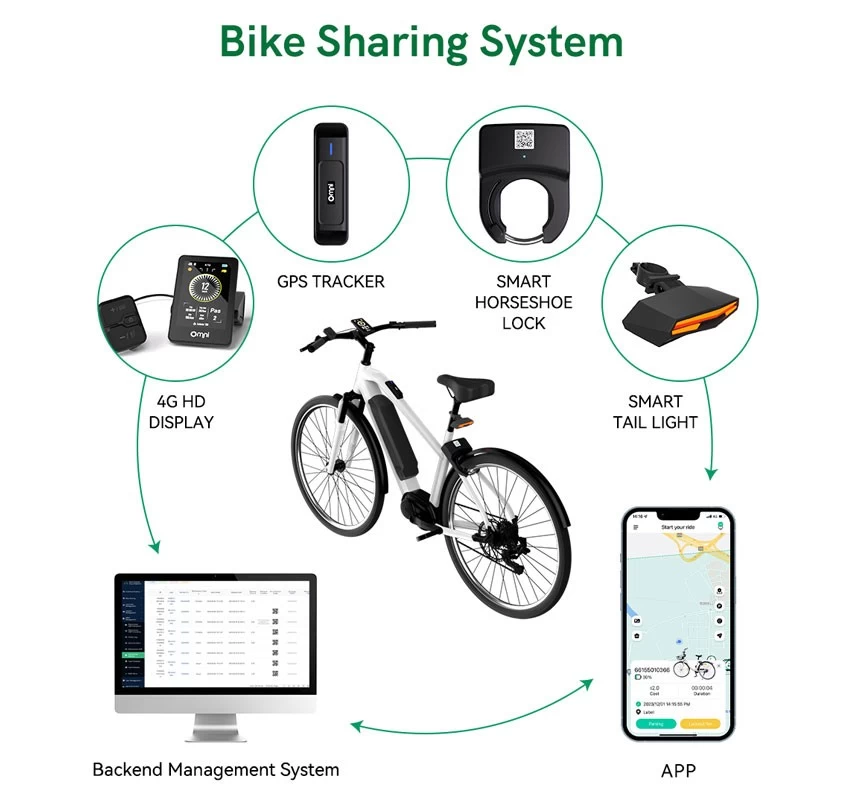
4.Bike Sharing System Advances Urban Bicycle Integration
Amid the chaos of unregulated shared(electric)bicycles and ineffective oversight,public bicycles leveraged their operational advantages and orderly management experience.The bike sharing system introduced geo-fenced parking zones and actively connected with technical systems of bike-sharing companies to advance unified management of city bicycle platforms.Additionally,public education campaigns were launched to promote the civil use of public and shared(electric)bicycles,fostering a co-governance environment and setting a new standard for urban development.
The bike sharing system achieved orderly bicycle management through upgraded geo-fenced parking measures in Phase II.The high-precision geo-fencing system supports the integration of public bicycles(e-bikes)and shared bicycles(e-mopeds).Using a unified management platform,the system standardizes parking for public and shared bikes,maximizing public resource utilization through docked-dockless interconnectivity.





